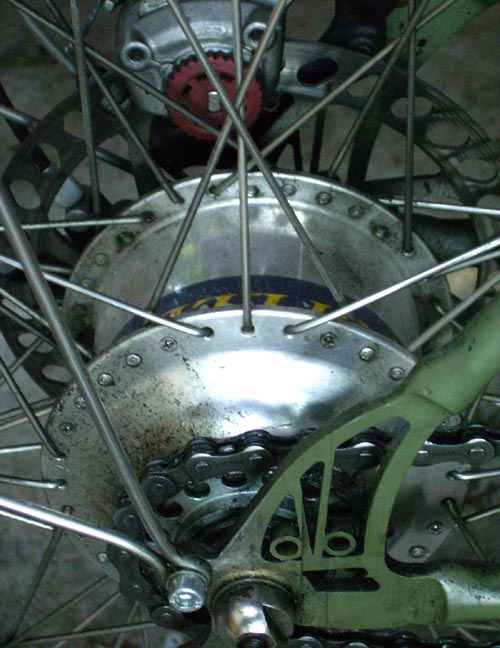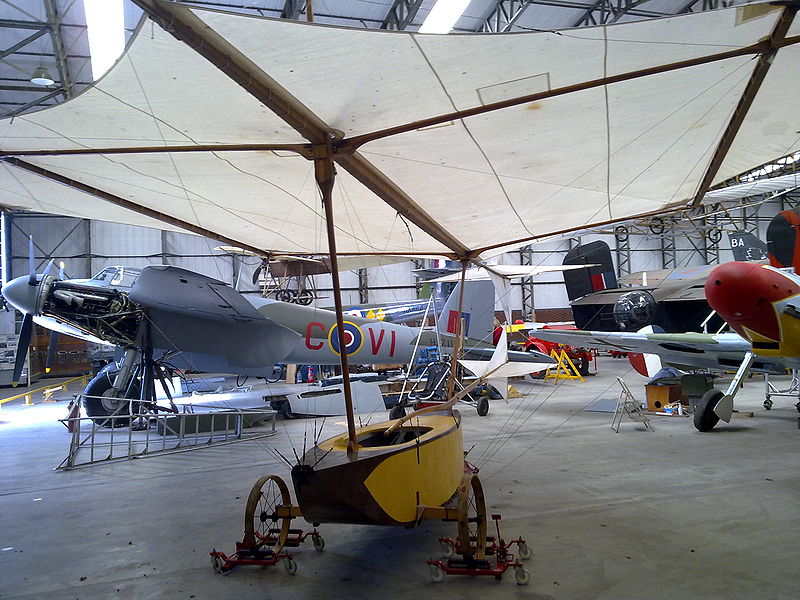miuan said:
I'm done with replacing spokes on rear hub motors.
It seems like whatever I do, the spokes do break or come loose ultimately.
Spoke breakage is a result of poor quality spokes or poor build technique. Spoke loosening is a result of poor build technique or too light and flexible a rim for the load.
Belleville washers are nice but introduce their fair share of issues.
For my next build I consider a 36h setup hacked to 72h.
Anyone done hub flange and rim hole drilling?
My guess is I sould be best served by cruiser rims.
All your experience is welcome.
I have drilled 32 hole hubs for 48 spokes and 24 & 36 hole hubs for 72 spokes, and I have successfully built wheels with them. I don't think you should do it.
Here's a 32 hole Rohloff gearhub on my bike, which I have drilled for a total of 56 holes, 8 of which are unused original holes that I plugged with small screws:
More spokes probably won't help the issues you have identified. If you use the same kinds of components you have been using so far, breakage will still happen, and spoke loosening will be more frequent with twice as many spokes.
Cruiser rims are usually single-walled and made more for generous width than for strength or stiffness. They won't help you. 72 hole rims are rare, and don't come in high quality versions. If you only double the number of holes in the hub flange, they won't alternate or stagger anymore, so crossed spoke patterns won't work right.
Hub motor wheels that come pre-assembled from China are notorious for their poor materials and low quality construction. It's no surprise that they cause problems.
Rather than getting sidetracked on some folly, first try doing the job right. Use a sturdy, high quality double walled rim like the Alex DM24 or Velocity Psycho, and build it up carefully with 2.0mm spokes made by DT Swiss, Sapim, or Wheelsmith. Make sure all the spokes have at least 100kgf of tension by measuring with a tensiometer. Make sure to stress-relieve the spokes by one of the proven methods (squeezing parallel pairs, prying crossed pairs, or loading the axle on a special fixture). Use cross-1 lacing to get the best results from a hub motor.
Read the
instructions on Sheldon Brown's page before you get started. Or you can pay an experienced, capable wheel builder to do the job for you.
I don't think you'll need to use anything special or unusual to have trouble-free wheels.
Chalo





